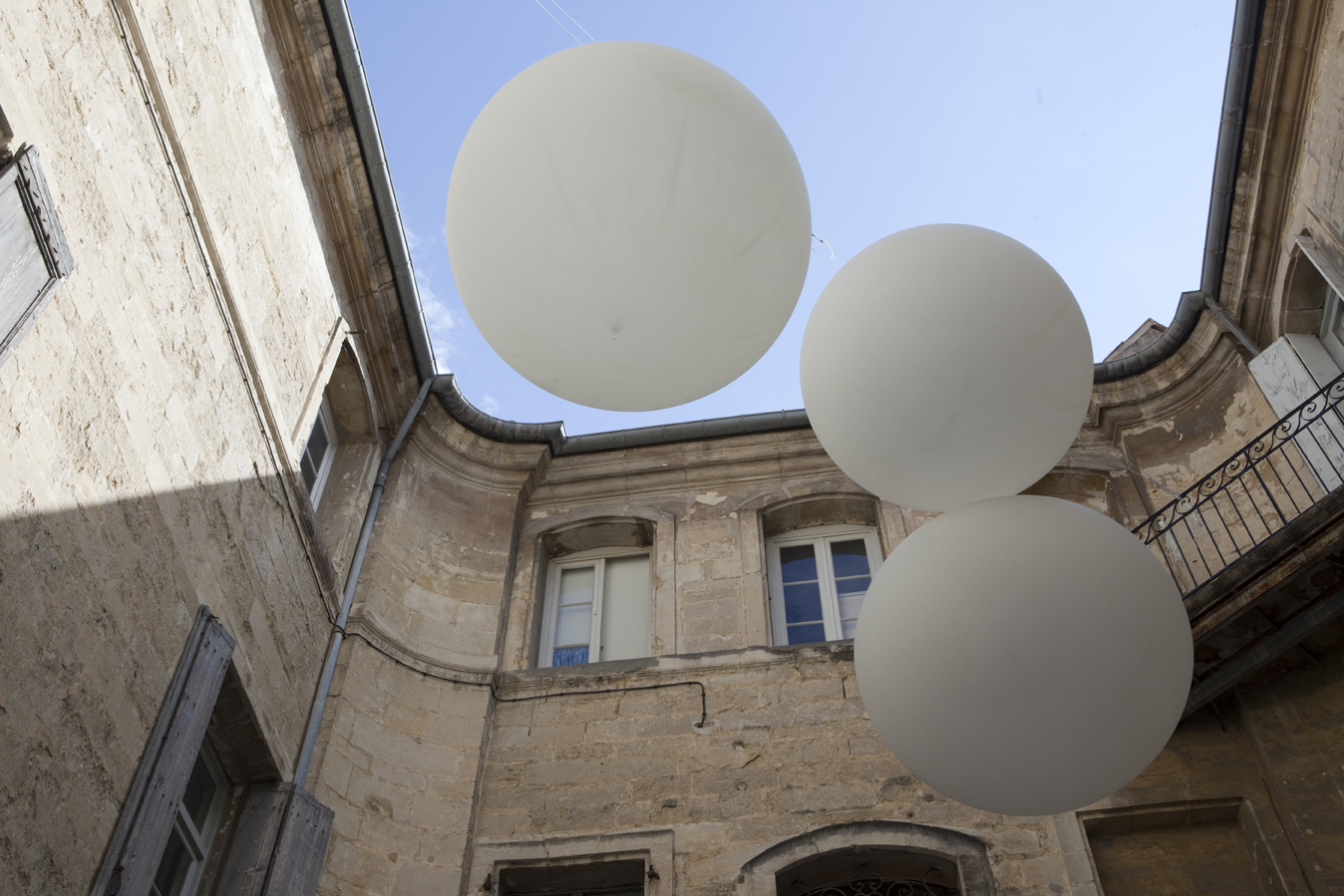YUN JIE CHUNG
New York // Etats-Unis
Diplômée de l’Ecole d’Architecture de l’Université de Columbia-New York- Yun Jie Chung travaille avec une stratégie architecturale expérimentale à la jonction des installations artistiques, du design et de réalisation d’exposition. Installée à New York, elle participe régulièrement à des expositions et manifestations contemporaines. (Hans Ulrich Obrist’s «Now Interviews» for the Venice Biennale 2010). Elle travaille actuellement avec John Rajchman et est impliquée dans plusieurs projets en Chine.
Graduate School of Architecture of Columbia University, New York, Yun Jie Chung works with experimental architectural strategies at the intersection of art, installation, design, and exhibition practice. Based in New York, she often participates to contemporary exhibitions and manifestations (Hans Ulrich Obrist’s «Now Interviews» for the Venice Biennale 2010).She is currently working with John Rajchman and is involved in several projects in China.
Graduate School of Architecture of Columbia University, New York, Yun Jie Chung works with experimental architectural strategies at the intersection of art, installation, design, and exhibition practice. Based in New York, she often participates to contemporary exhibitions and manifestations (Hans Ulrich Obrist’s «Now Interviews» for the Venice Biennale 2010).She is currently working with John Rajchman and is involved in several projects in China.

FILL IN THE BLANK vient interrompre la verticalité de la cour avec toute la délicatesse "volumétrique" d'un tel geste. Cette rupture se présente sous la forme d'un ballon blotti entre les murs de la cour; il flotte au-dessus des visiteurs, sans qu’ils puissent le toucher ; l'attraction provient de cette tension. L'installation peut fonctionner uniquement en exerçant la pression sur les murs de la cour de l’hôtel particulier et compte donc sur l'architecture elle-même du lieu pour stabiliser sa coordination spatiale. Cet environnement éphémère - l'espace préservé dans l'espace – surprend le visiteur. L’alliance (im)matérialisé du solide et du vide est mise en évidence. La rencontre, est alors, non pas un moment singulier ou une perspective, mais un dialogue entre le patrimoine, la permanence historique, et une présence contemporaine établie.
This intervention FILL IN THE BLANK interrupts the verticality of the courtyard while at the same time privileging the “volumetric” vulnerability of such a gesture. It takes the form of a balloon nestled between the surrounding walls; suspended above viewers and away from touch but within sight; the attraction comes from negotiating this tension. The installation can only function by exerting pressure against adjacent surfaces, and therefore relies on the architecture itself to stabilize its spatial coordination. This ephemeral environment – the preserved space within space – activates the viewer’s engagement. Accordingly, the coupled (im)materialities of both solid and void are exhibited. The encounter, then, is not defined by a singular moment or perspective, but instead by an ongoing dialogue, and within the historic permanence, a contemporary presence is established.


